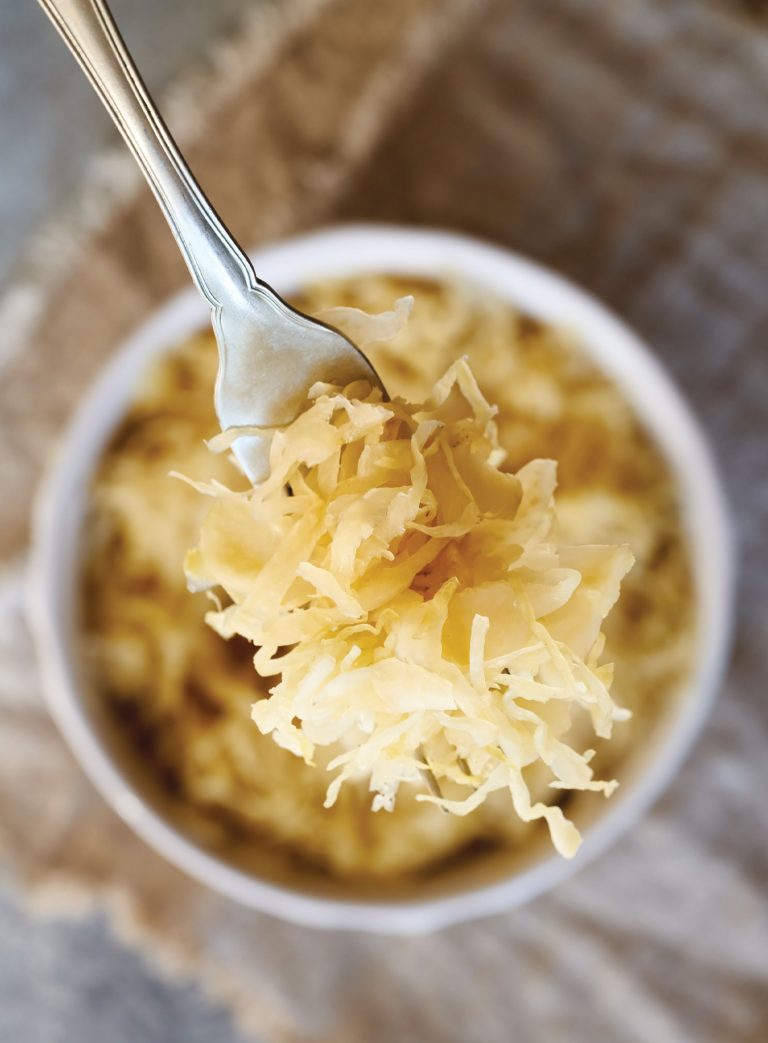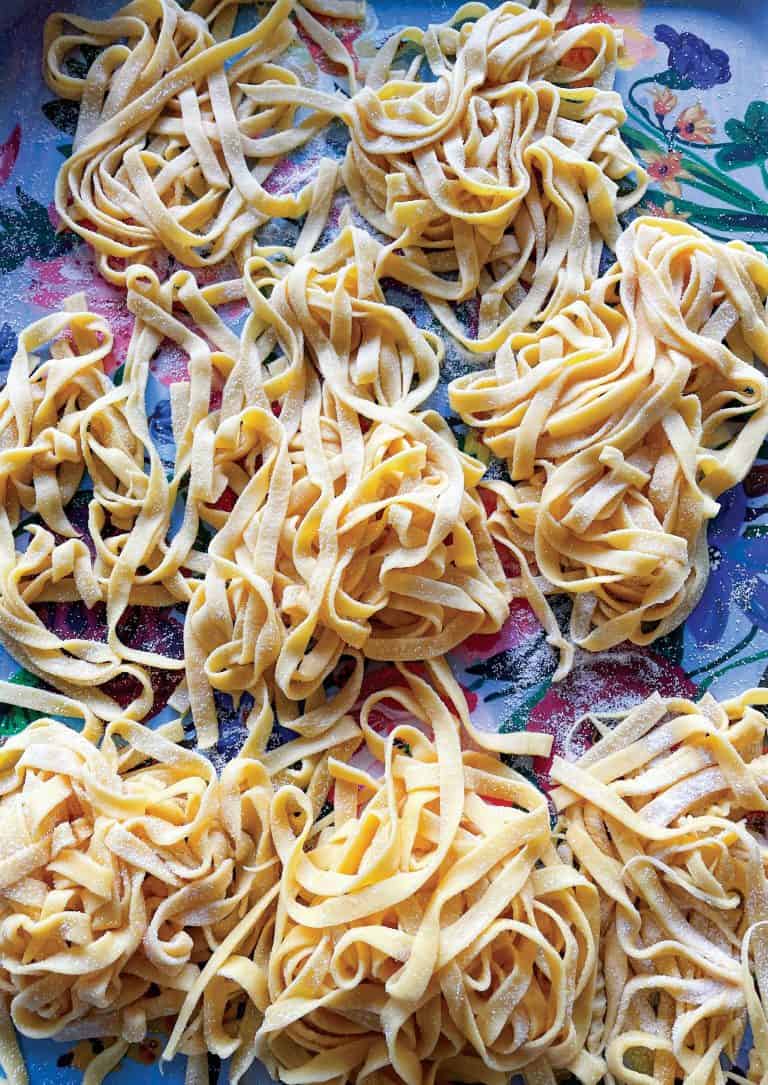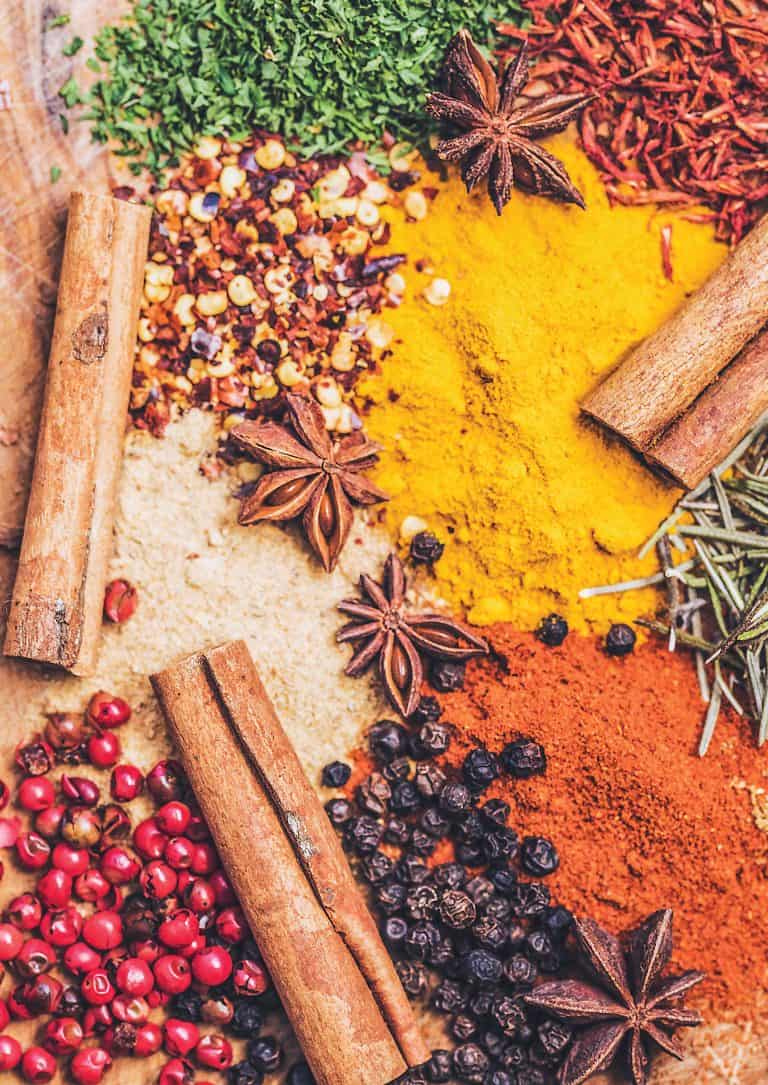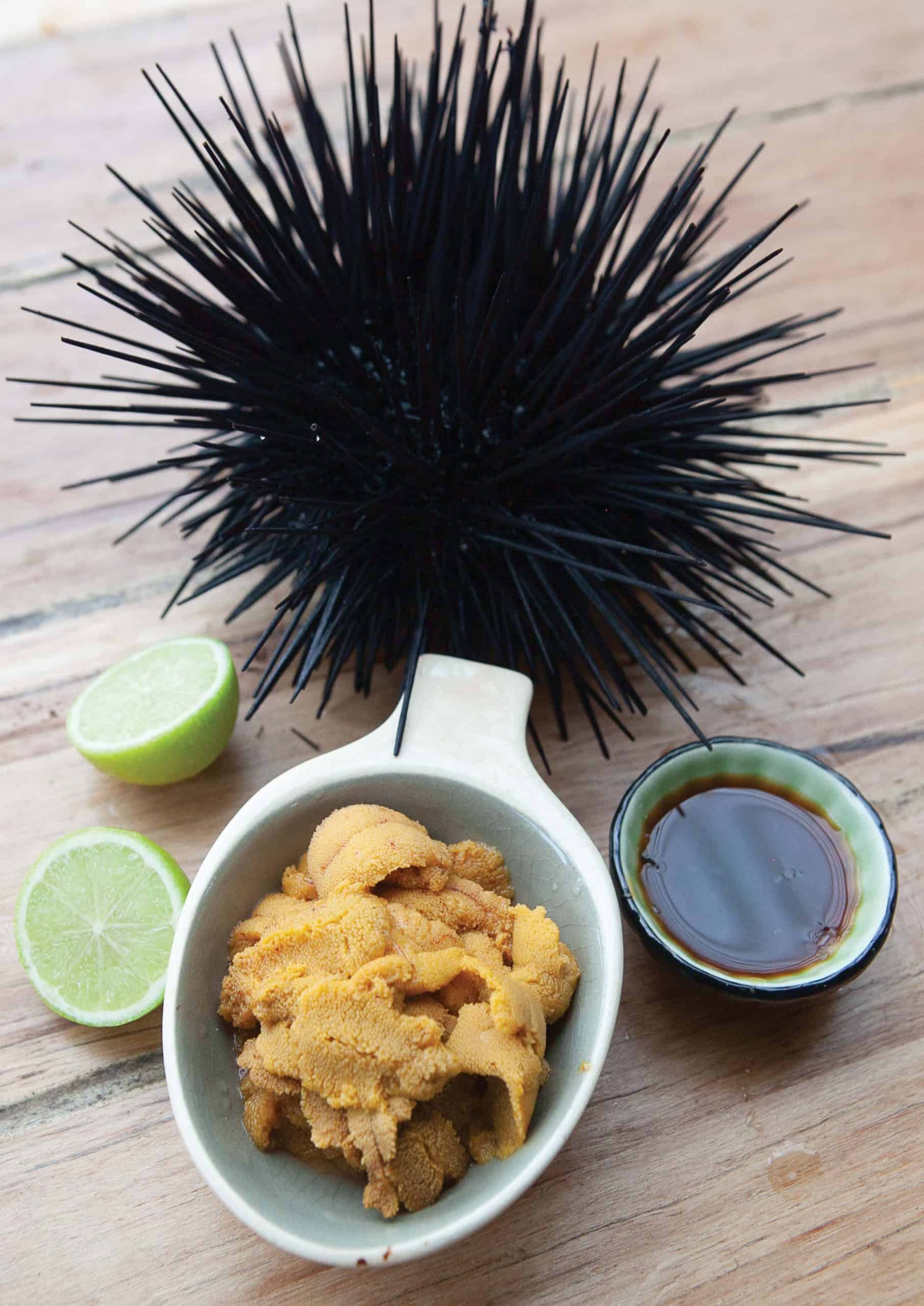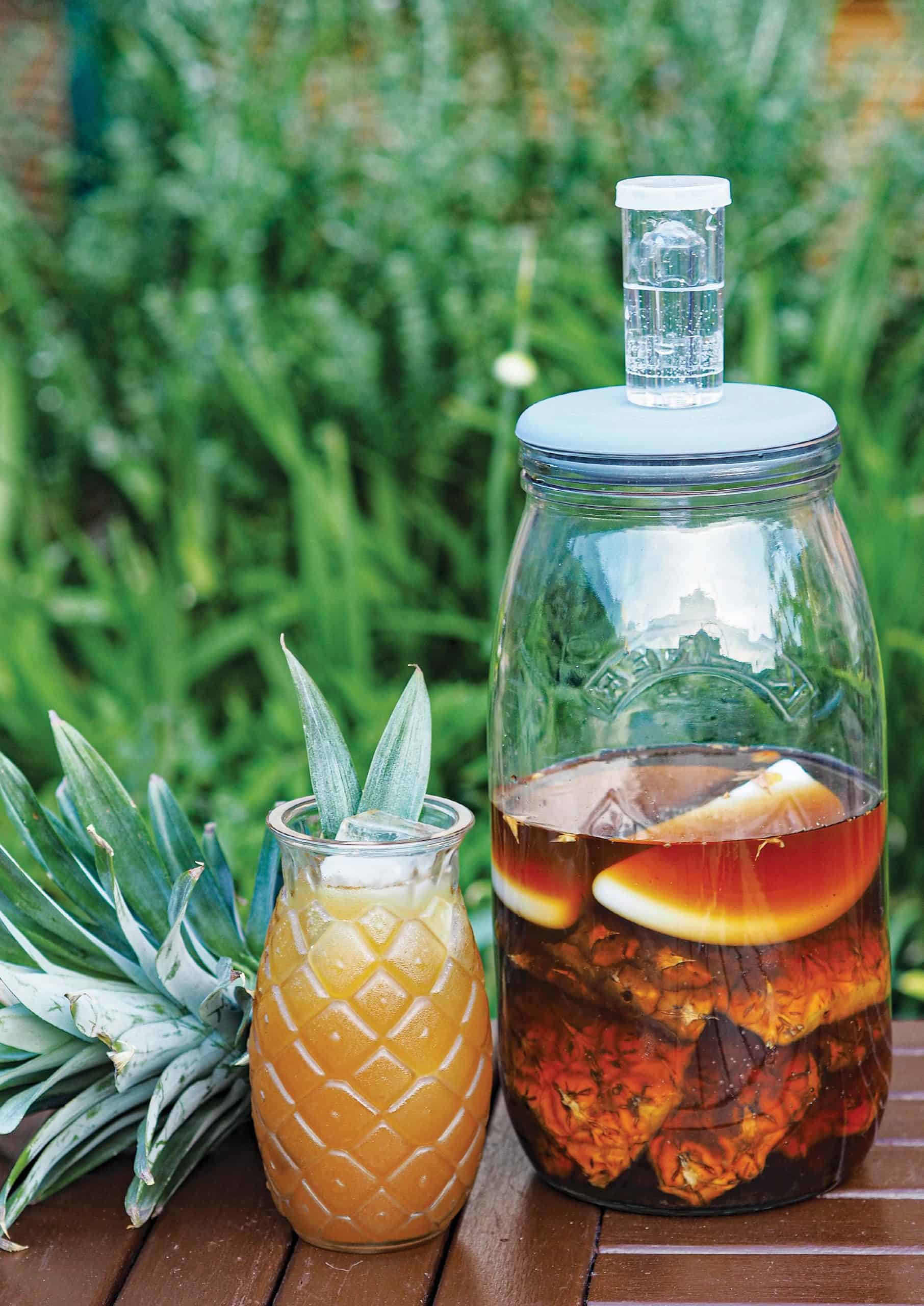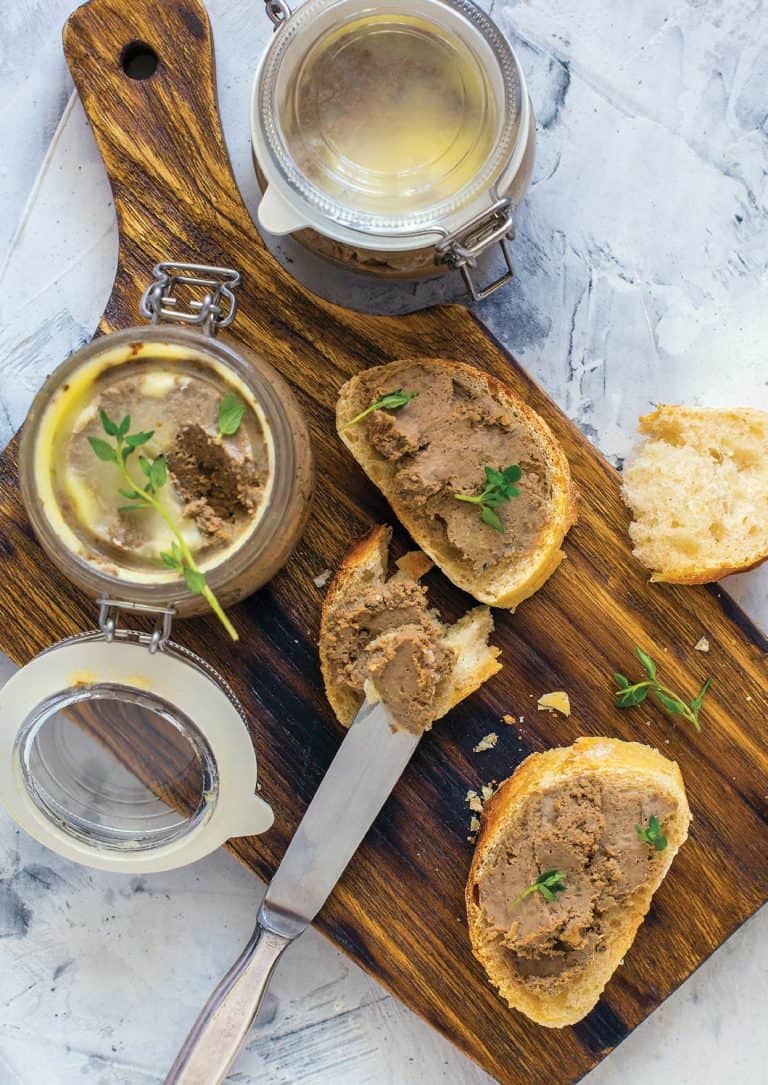PLANT-BASED MILKS – Which is the most sustainable?
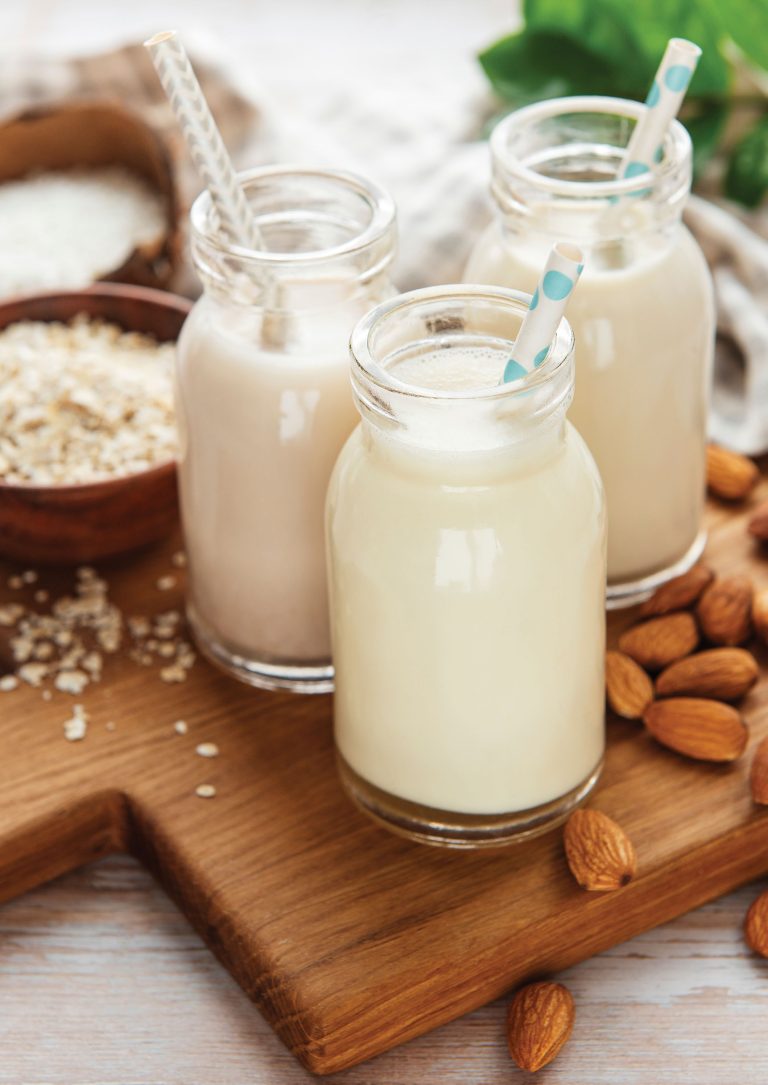

The popularity of plant-based milk is rising, but which one is the most sustainable?
There are many factors to consider and each have their pros and cons, as well as many variables. As well as their nutrient content, we need to take into account the environmental impacts of the growing, harvesting, production and distribution of each.

